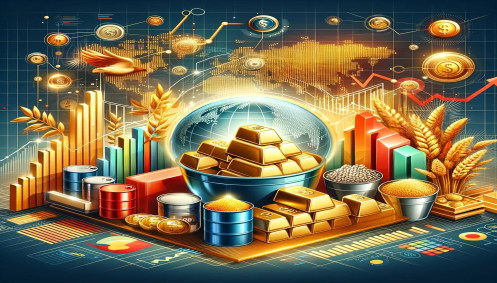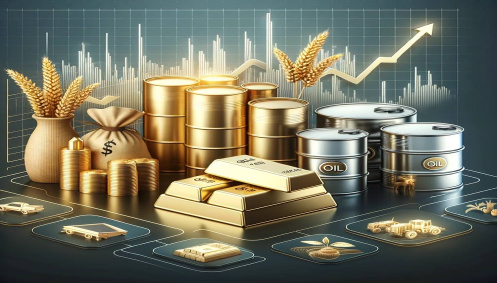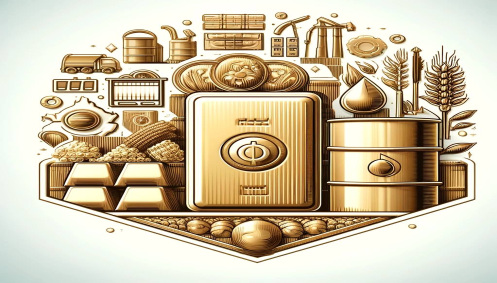
Starting with precious metals, gold is a staple in commodities trading. Traders often use gold as a hedge against inflation and economic uncertainty. Gold futures and options are popular instruments, providing leverage and the ability to hedge positions. Silver, platinum, and palladium also offer trading opportunities, with their prices influenced by industrial demand, geopolitical events, and market speculation.
Base metals like copper, aluminum, nickel, and zinc are vital for construction and manufacturing. Copper, often called “Dr. Copper,” is a barometer of global economic health. Trading copper involves monitoring supply and demand factors, including mining production and industrial activity. Aluminum is used extensively in packaging and transportation, making it sensitive to economic cycles. Nickel’s importance in stainless steel and battery production for electric vehicles adds another layer of demand drivers. Zinc’s primary use in galvanizing steel links its price to the construction and automotive sectors.
In the energy sector, crude oil is a major player. Trading oil involves understanding global supply dynamics, including OPEC policies, geopolitical tensions, and technological advancements in extraction methods. West Texas Intermediate (WTI) and Brent Crude are the primary benchmarks. Natural gas trading, while less liquid than oil, is crucial due to its role in heating, electricity generation, and as a feedstock for chemicals. The rise of liquefied natural gas (LNG) has expanded global trading opportunities.

Soft commodities, or “softs,” include coffee, cocoa, sugar, and cotton. These markets are highly influenced by weather conditions, political stability in producing countries, and changes in consumer demand. For example, coffee prices can spike due to frost in Brazil or political unrest in Vietnam. Cocoa, primarily produced in West Africa, is sensitive to regional stability and labor issues. Sugar prices are volatile, driven by factors like Brazilian ethanol production and trade policies. Cotton trading is linked to fashion trends and agricultural conditions in major producing countries like the United States, China, and India.
Grains such as wheat, corn, soybeans, and rice are staples in the global agricultural market. Trading grains involves monitoring crop reports, weather conditions, and global consumption patterns. Wheat is a staple food product, and its prices are influenced by planting cycles and weather conditions. Corn has diverse uses, from food production to biofuel, making its trading tied to energy markets. Soybeans are essential for animal feed and oil production, with major producers like the United States and Brazil playing significant roles. Rice is a crucial food staple in Asia, with production concentrated in countries like China and India.
Sugar trading exemplifies the volatility in soft commodities. Prices can swing dramatically based on production levels, government policies, and demand for ethanol, which is made from sugarcane in Brazil. Traders need to stay informed about harvest forecasts, policy changes, and shifts in global demand to navigate this market effectively. Similarly, orange juice futures can be highly volatile, with prices influenced by weather events like hurricanes in Florida or droughts in Brazil, the largest producers.

Trading commodities involves using various financial instruments, primarily futures contracts, which allow traders to buy or sell a commodity at a predetermined price at a future date. Futures are essential for hedging risk and speculating on price movements. Options on futures provide additional flexibility, offering the right, but not the obligation, to trade futures contracts at specific prices. These instruments can help manage risk and enhance trading strategies.
Exchange-traded funds (ETFs) and mutual funds also provide exposure to commodities. These funds track the price of a single commodity or a basket of commodities, offering a way to gain diversified exposure without directly trading futures contracts. Commodity ETFs can be an effective tool for traders looking to diversify their portfolios and manage risk.
Understanding the global supply chain is crucial for successful commodities trading. This includes keeping track of production levels, inventory data, shipping logistics, and geopolitical developments. For example, disruptions in major shipping routes or geopolitical tensions in key producing regions can significantly impact supply and demand, leading to price volatility.